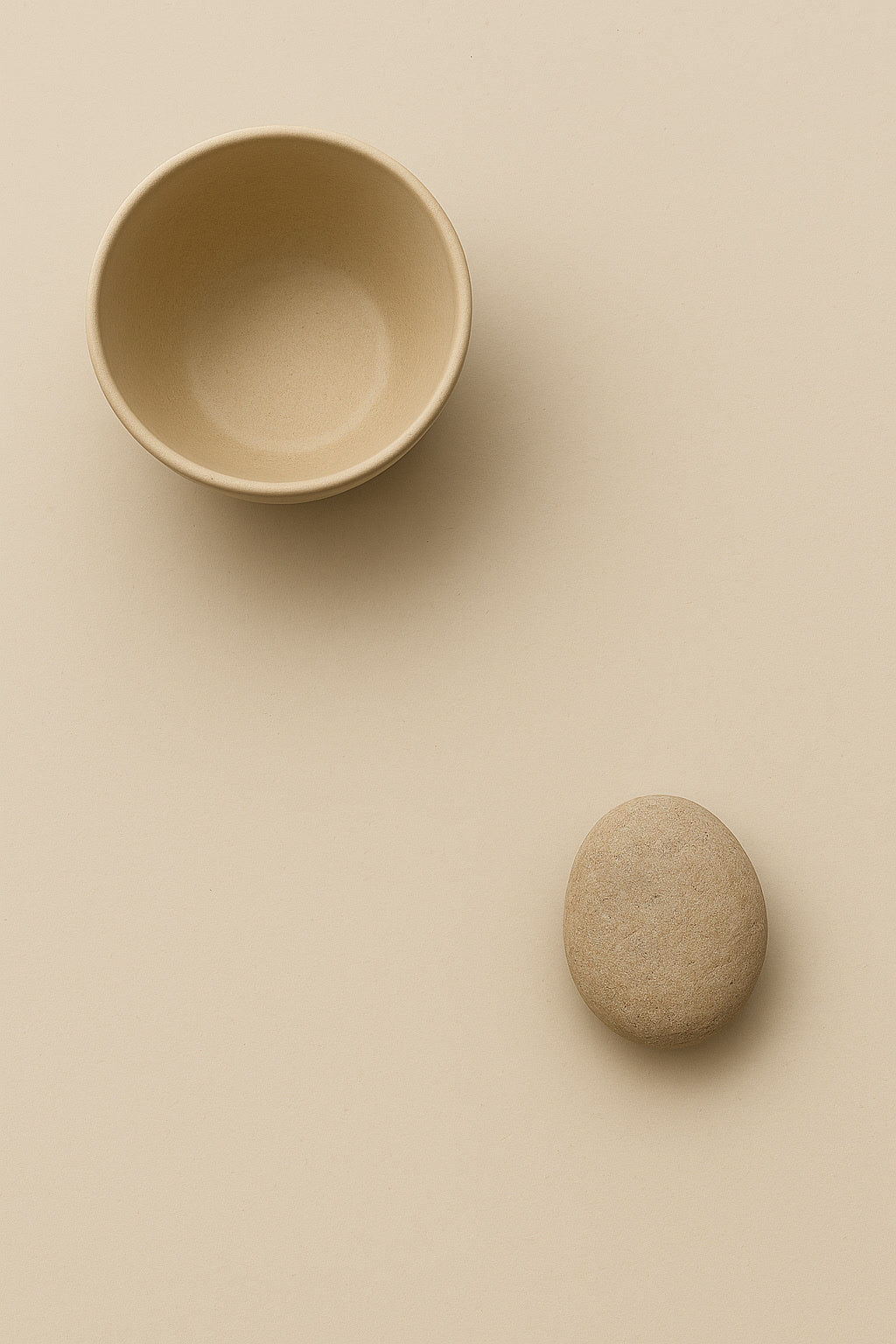
How to Package Without Plastic — A Designer’s Guide to Responsible Luxury
An educational guide for designers and brands exploring the next chapter of sustainable packaging.
Designers have the power to change the world — one decision at a time.
Packaging is one of those decisions.
The goal of sustainable packaging is not to do less harm; it’s to design for return — creating materials that re-enter the recycling or composting stream with minimal disruption. The most important step is keeping materials recyclable, which sounds simple but is often overlooked.
A box might look eco-friendly, but if it’s coated, laminated, or printed with the wrong ink, it can become unrecyclable.
Small design choices have big material consequences. Gloss coatings, metallic foils, plastic linings, and even certain adhesives can prevent fiber recovery.
Similarly, ink chemistry matters: solvent-based or UV-cured inks can leave residues that disrupt the pulping process in paper recycling. By contrast, water-based, soy-based, and algae-based inks dissolve cleanly, allowing paper fibers to be reused multiple times.
Design Dos
• Choose FSC-certified paper stocks from responsibly managed forests.
• Use water-based, algae-based, or soy-based inks to preserve recyclability.
• Select paper-based tapes and recyclable cushioning such as Kraft bubble wrap, shredded paper, or mushroom mycelium inserts.
Design Don’ts
• Avoid laminated or glossy coatings that prevent separation.
• Don’t mix materials (e.g., plastic films, metalized paper) in one package.
• Skip synthetic adhesives and waxes that interfere with composting or fiber recovery.
There isn’t yet enough awareness about how packaging details affect recycling. Most recyclability losses happen not because of material choice — but because of design contamination: inks, coatings, and adhesives that make separation impossible.
Designing packaging responsibly is not about perfection — it’s about understanding consequences.
A circular package doesn’t need to be plain; it just needs to be pure in composition.
When beauty and integrity align, design doesn’t just present a product — it preserves possibility.



